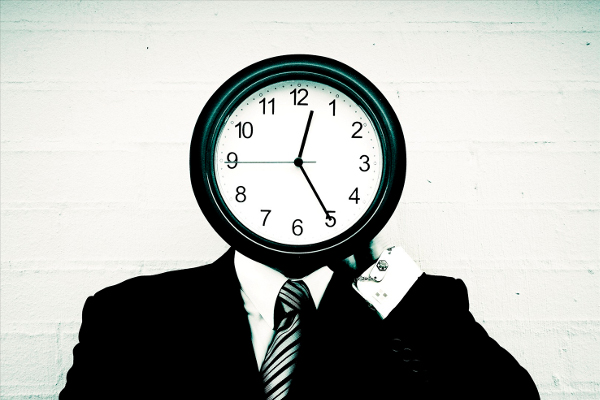A new study has found that when this nucleus is damaged or destroyed the rhythm of the biological clock is lost.
Research by René Drucker and colleagues was performed in rats because they have well-defined activities at night that have little activity during the day. When some of these rats had neuronal alterations affecting their sleep cycle we could graph the amount of activity during the day and the night. So, when there was an injury that destroyed the suprachiasmatic nucleus, the pace and the biological clock was lost, and the animal equitably distributed its activity during the day and night.

"What we did was a stem cell transplant of that area from fetuses and discovered that the animals regained their biological rhythm. This demonstrated, for the first time worldwide, that we could remove and replace the biological clock through transplantation; the discovery was published in 1984," says Drucker, member of the Permanent Seminar of Science and Technology in Mexico in the XXI Century.
Raúl Hernández Peón, a prominent Mexican physiologist in the 50s and 60s, was one of the first who pointed out that the nervous machinery had two antagonistic systems, one for sleep and one for vigil, and it was a goal to find the mechanisms that produced first sleep and later wakefulness.
"From the accumulated knowledge we developed the first clinic for sleep disorders in Mexico in the facilities of the Faculty of Medicine of the National Autonomous University of Mexico (UNAM) has within the General Hospital. I led this project when I was head of the Department of Physiology at the Medical School, and that how we stablished the sleep clinic that still exists," said the Mexican neurophysiologist.
Source: Agencia ID






Comments